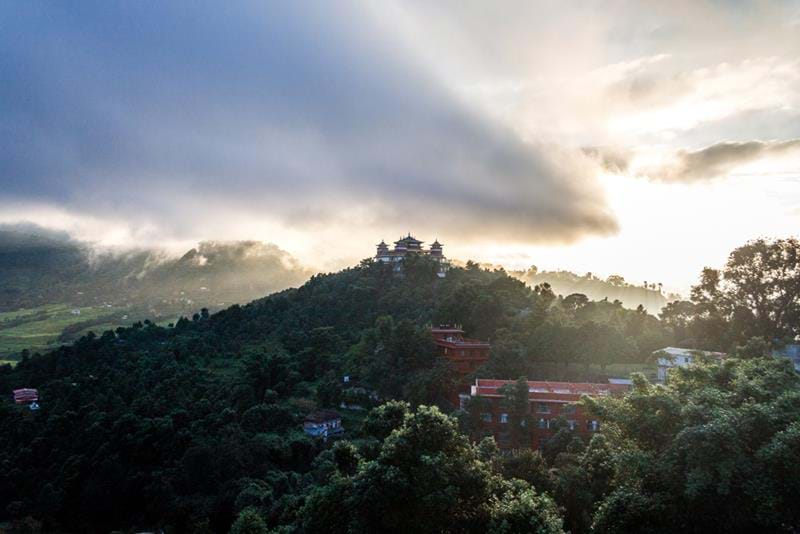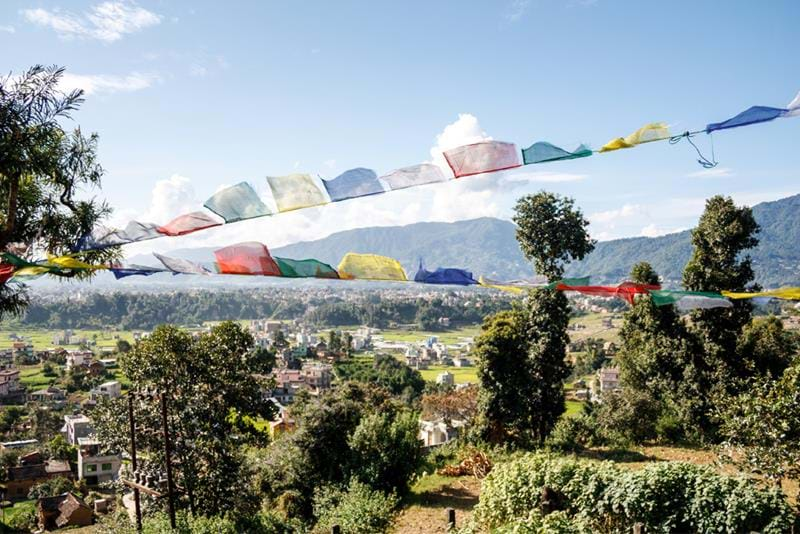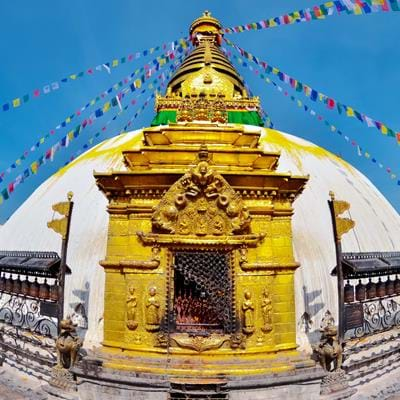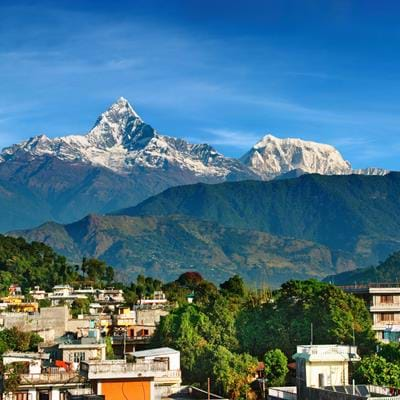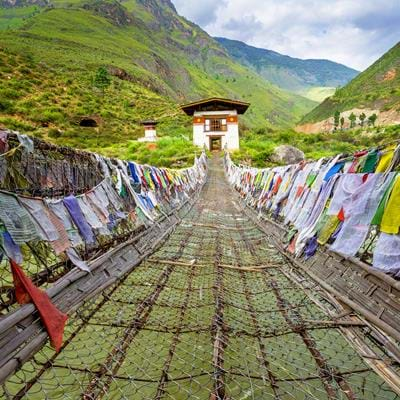Nepal 10.10.2017 Annapurna Mellor
Most people head to Nepal to see the mountains. Myself included, as my first trip to the country was to hike through the great Annapurna range of the Himalayas. There are no mountains on earth quite like these, both in size, in power and in feeling. But what brings me back to this country, again and again, is the people, the peacefulness of the culture and the spirituality found both in the cities and out in nature.
If you travel to the country, most likely your first stop will be Kathmandu, the largest and only major city in Nepal. Kathmandu can at first feel smoggy and traffic-clogged. But stay a while, sink your toes into this great city and you’ll find a place rich in spirituality and culture, as well as some unmissable sites. Since the 2015 earthquake, Nepal has seen a significant drop in visitors. But now is the time to return, the temples and heritage sites have largely been restored to their former glory, and the people and their incredible culture are ready to have you back.
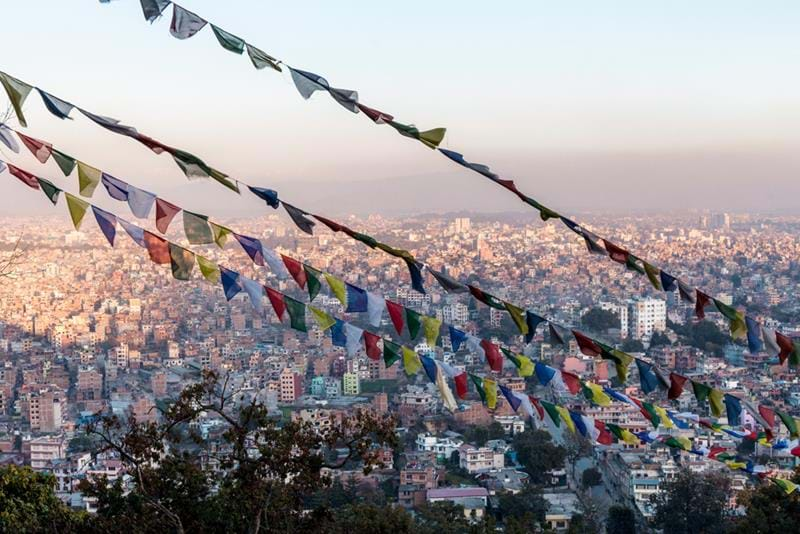
Boudhanath Stupa
Perhaps one of Nepal’s most recognisable sites is Boudhanath Stupa, a towering Tibetan stupa with the eyes of Buddha looking out onto the city. From the whitewashed walls you’ll see chains of prayer flags blowing in the wind, and on the ground, you’ll spot the Tibetan community chanting and thumbing prayer beads as they circumnavigate the site. It’s one of the most unique and spiritual places in Kathmandu, and the area of Boudha provides a gentle rest from the chaos around Thamel, the tourist area of the city.
Go to admire the great beauty of the stupa, but also to shop, and eat some authentic Tibetan food. In the hills around, you’ll find hundreds of monasteries, and walk the narrow streets of this area and you’ll spot red-robed monks and Tibetan women wearing traditional Pangden’s, rotating miniature prayer wheels in their hands.
On the night of the full moon each month, Boudhanath Stupa is covered with butter lights. It’s an incredible site and a must see if you are in the city during a full moon.
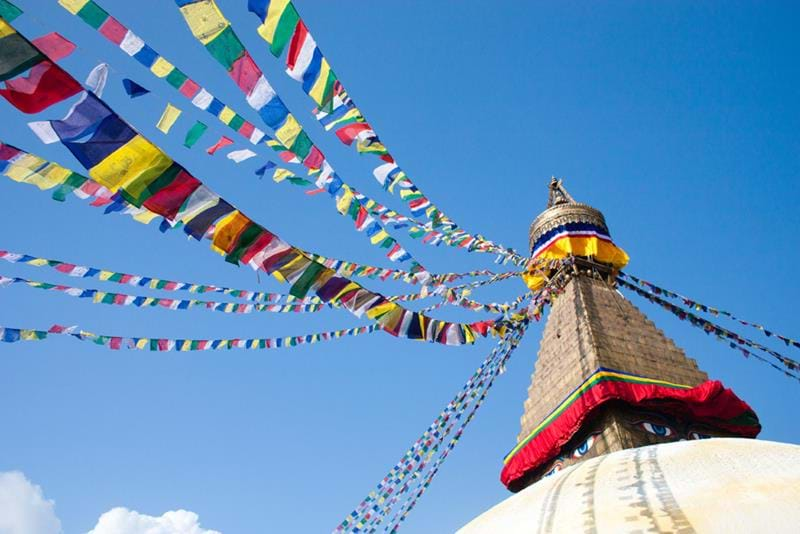
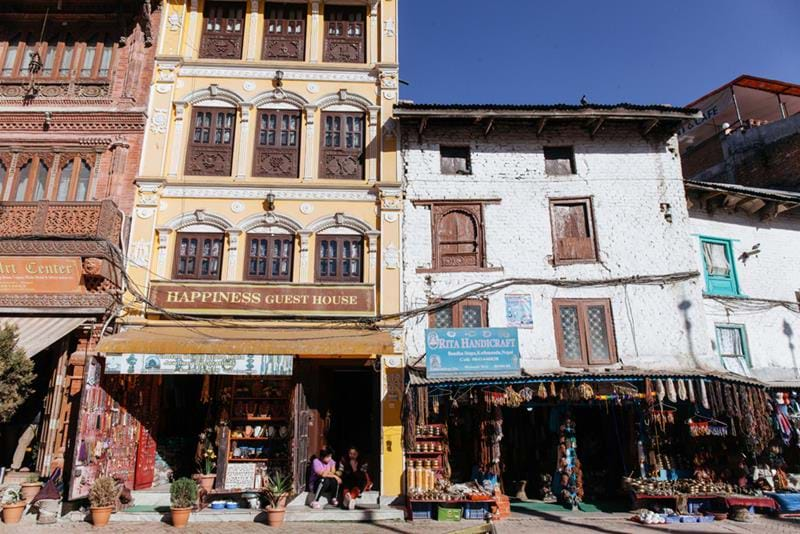
Swayambhunath Temple (Monkey Temple)
A little closer to the city centre, but a place of no less grandeur is Swayambhunath, otherwise known as Monkey Temple. The journey to the top requires climbing a steep 365 steps, but the market stalls and playful monkeys along the way do make it an entertaining climb. At the top, the first thing you’ll be blown away by is the view, a 360-degree panorama of the Kathmandu Valley and surrounding Himalayan foothills. On a clear day, you may be able to spot the white peaks of the Langtang Himalayas.
The temple complex itself is a mixture of Buddhist and Hindu moments. The centre point is a white stupa, painted with the eyes of the Buddha, similar to the one found at Boudhanath, although smaller in size. Like at Boudhanath, you’ll still find pilgrims, monks and nuns rotating the stupa, chanting and turning the giant prayer wheels, and placing lit butter lamps in the small shrines. The atmosphere here is rich in spirituality, and the smell of swirling incense and candles intensifies the air.
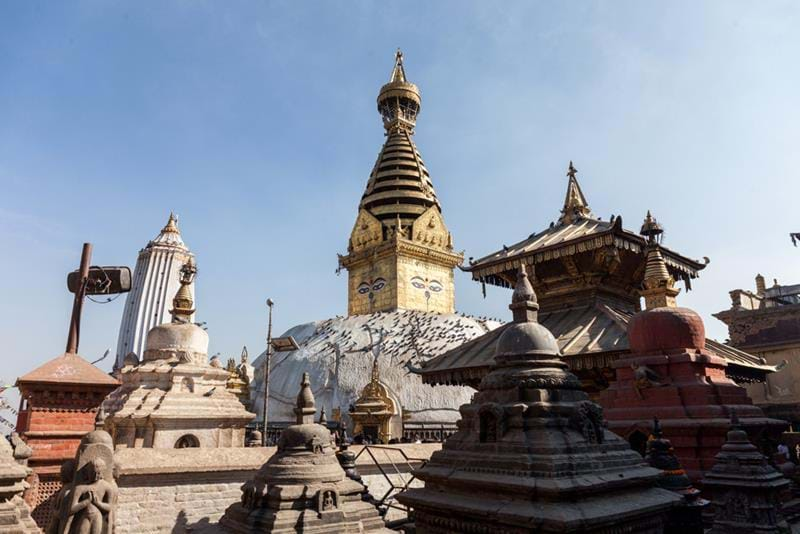
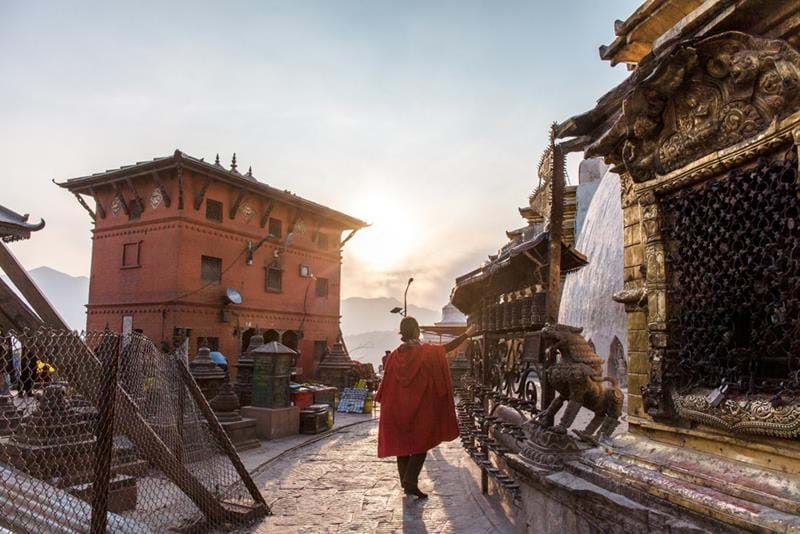
Pashupatinath Temple
While pictures of Nepal may more often depict Buddhist temples and monuments, Nepal is in fact a predominately Hindu country, with about 81% of the population calling themselves Hindus. Pashupatinath is the most important Hindu temple in the city, located on the banks of the Bagmati River. If you’ve been to, or heard of India’s Varanasi, then Pashupatinath is a miniature version of the holy city. As you arrive you’ll walk past stalls of marigold sellers, tikka powders and Hindu iconology. Head inside the temple, and you’ll find friendly Sadhu’s sitting in small stupas, meditating and often adorned with elaborately painted bodies.
Down at the river is a place where Hindu’s from around Nepal come to cremate their loved ones. Tourists can’t enter many of the holy buildings here, nor go down to the cremation ghats, but you can view the funeral ceremonies from the platforms above. The best time to come to see the site in full action is early in the morning, or as dusk falls.
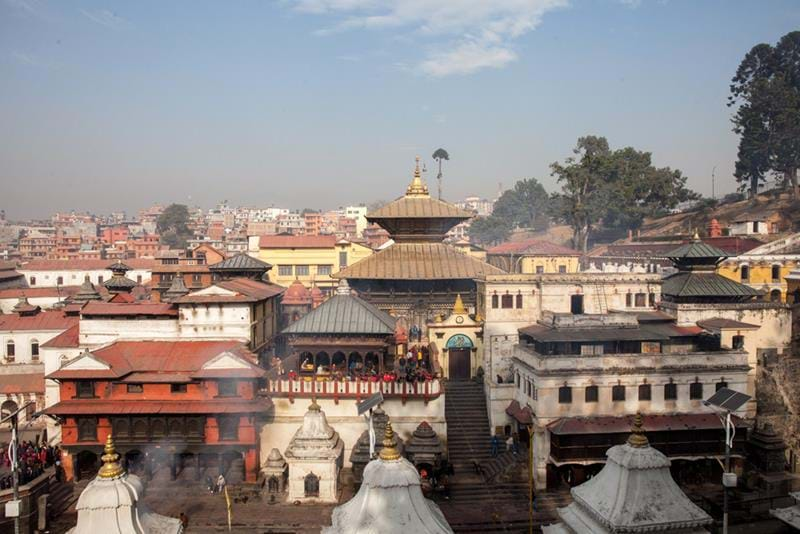
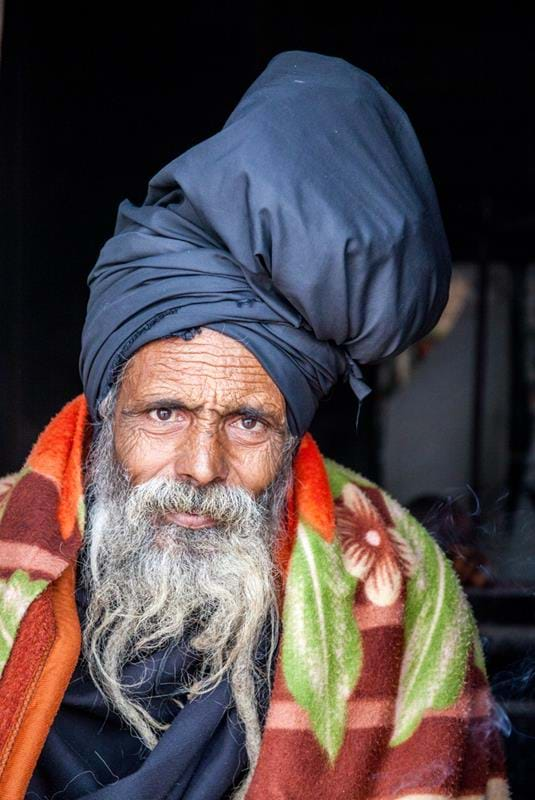
Kopan Monastery
Just north of Boudhanath, Kopan Monastery sits on a hilltop above the city. On one side of the hill, is a sweeping view over the Kathmandu Valley, and on the other side, you’ll spot rice paddies, farmland, and on a clear morning, white peaks appearing from the emerald green foothills. The centre is one of the largest in Nepal, and it was one of the first Tibetan Buddhist centres in the world to accept Western practitioners. The centre today still holds courses of various lengths for practitioners and curious travellers from around the world. It is also open to day visitors who can walk around the grounds, attend a Dharma talk or stay for a vegetarian lunch. It’s a peaceful place, with some of the best views in Kathmandu.
